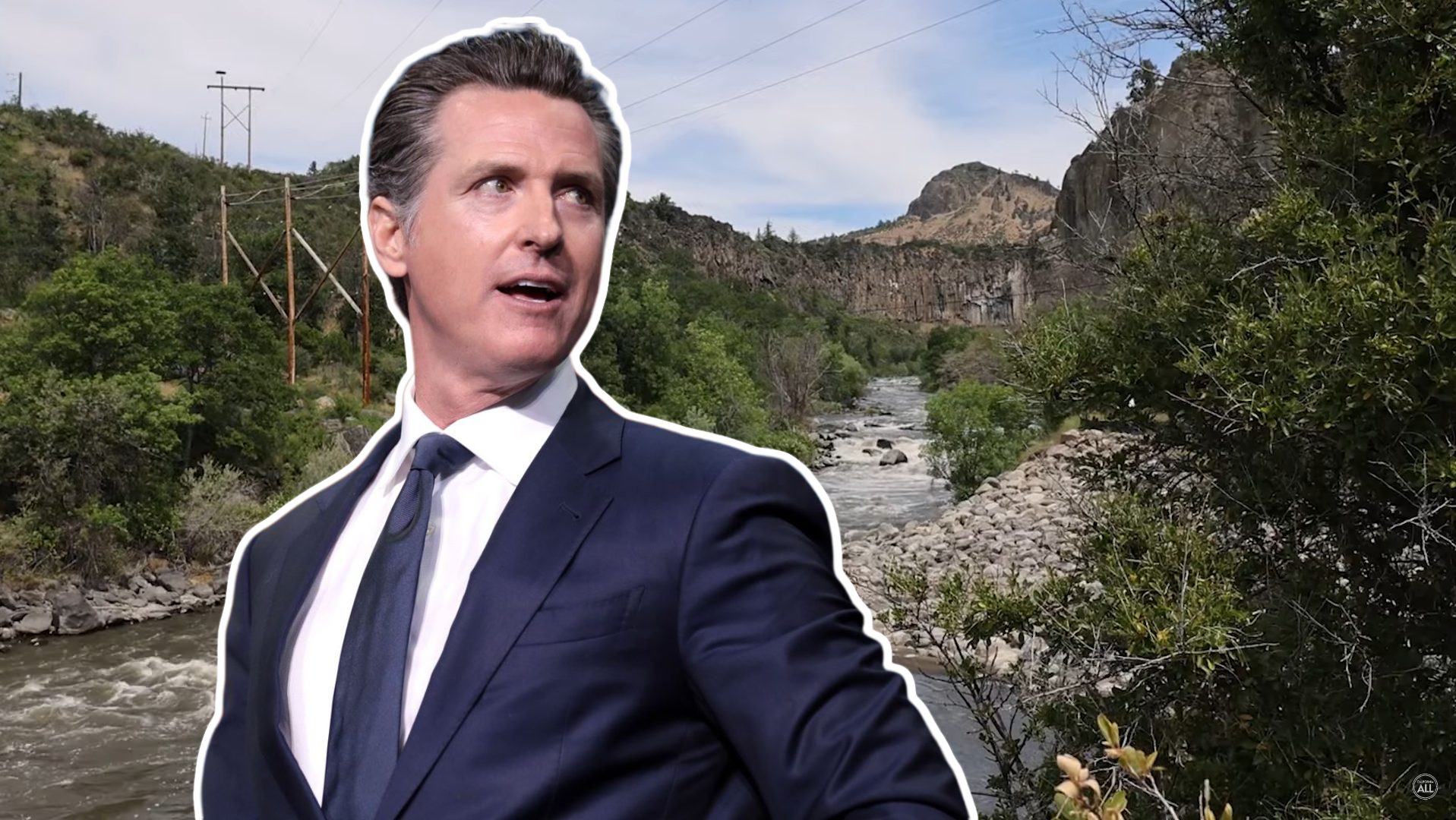In a groundbreaking and long-overdue act of restitution, California Governor Gavin Newsom has announced the return of over 2,800 acres of land to the Shasta Indian Nation. This monumental decision marks one of the largest land returns in the state’s history and is part of a broader initiative to address historical wrongs committed against Native American communities.
The land, located in Siskiyou County, was originally seized by the government over a century ago, displacing the Shasta people from their ancestral territories. This move comes on the fifth anniversary of California’s formal apology to Native American peoples for the injustices they have endured.
Governor Newsom stated, “This is a down payment on the state’s commitment to do better by the Native American communities who have called this land home since time immemorial.” His announcement underscores a significant shift in how the state approaches its relationship with Native American tribes, emphasizing healing and trust-building through tangible actions.
The returned land is part of the Klamath River dam removal project, which aims to rehabilitate over 300 miles of salmon habitat. This project is touted as the largest river restoration effort in American history. By supporting the return of ancestral lands and the environmental restoration efforts, the state is addressing both ecological and cultural degradation simultaneously.
Adding to the significance of this act, Newsom visited the Klamath River dam removal site earlier this month, where he discussed the importance of the land return with Shasta Nation leaders. His engagement with tribal leaders highlights a collaborative approach to governance that respects the sovereignty and voices of Native American tribes.
This gesture of goodwill is more than a symbolic act; it represents a concrete step toward rectifying historical injustices. For the Shasta Indian Nation, this land return is not just about regaining lost territory but also about restoring a connection to their heritage and traditions. The land holds immense cultural, spiritual, and practical value, serving as a foundation for future generations to reclaim and preserve their way of life.
Moreover, this move sets a precedent for other states and the federal government to follow suit in reconciling with Native American tribes. It sends a powerful message, but what kind of message is it sending?


Leave a Comment